
Internet of Things (IoT)
How do you find the idea of interacting with your home as you would with a person? Imagine driving home on a very hot summer afternoon and instead of waiting to arrive home so as to switch on the AC, you use your smartphone to instruct the AC to cool the house before you arrive. It sounds cool, right? Well, with IoT, you can do that and a lot more. You can make your fridge to warn you when you are running out of milk. Internet of things (IoT) allows you to literally give everything in the house senses (sight, voice, touch, and even smell) pretty much like a human being.
Internet of Things (IoT), is the networking of interrelated computing devices, objects, machines and animals and then giving them unique identifiers and the ability to send data over the network without human aid. IoT is already in use in many homes, offices, and industries. In fact, it is estimated that at the moment there are 28 billion “things” are connected to the Internet. The figures are expected to rise to 50 billion by the year 2020.
Batteries and Internet of Things (IoT)
Every single thing or device in IoT has wireless terminals equipped with sensors. Wireless terminals connected to a network are then used to collect information about the surrounding environment. Wireless sensor terminals can be equipped with many sensors like pressure, temperature, humidity, flow rate, gas and stress sensors. The more the sensor terminals, the more the variety and accuracy of data collected. The information collected is then used to control and monitor devices. One key requirement for internet of things (IoT) is the ability to install wireless sensor terminals in different locations. This can only be achieved through the use of power cables or use of batteries.
The billions of “things” already connected to the internet demand billions of batteries every once in a while. This translates to costs in terms of purchase, maintenance, and disposal. On a global perspective, this translates to a huge amount of money. It is for this reason that the use of wireless sensor terminals is a major concern. This problem can only be solved by the use of energy harvesting devices.
Energy harvesting of Internet of Things (IoT)
Early this year, a team of scientists from the University of Washington built a phone that doesn’t use batteries to make phone calls. The phone harvests power from RF signals that are readily available in the environment or from ambient light. This phone uses backscatter technology to transmit speech and amplitude modulated signal to receive speech. The project is yet to go beyond the prototype they unveiled to manufacturing commercially viable devices. However, this attempt to get rid of batteries in mobile phones is a solid proof that energy harvesting techniques are feasible.
Several elements could be effectively used to harvest energy. They include thermoelectric elements, solar cells and piezoelectric elements which convert heat, light, and vibration into electricity respectively. This electricity could then be used to power the wireless sensor terminals. The feasibility of this alternative is further enhanced by the fact that semiconductors have improved so much that they have achieved anadmirable balance between improving the performance of generating elements and reducing consumption in active devices.
Energy harvesting wireless sensor terminals
A typical wireless sensor terminal is made up of a sensor that senses the surrounding environment, an MCU that processes data collected and for controlling the system and a wireless chip for transmitting data. In place of a battery, a power IC is matched with a power generating element.
When selecting a power element, the energy source must be factored into consideration (light, vibration, or heat). It is crucial that the power IC chosen collects the power generated in a very efficient manner without significant losses and supplies stabilized power to the MCU.
Evaluation of power generating elements
Power generated from piezoelectric, solar cells and thermoelectric elements vary according to the size and environment. When integrating power generating elements into devices, the following need to be taken into consideration;
- Type of energy source
- A size that can be accommodated
- The balance between power generated and the power consumed
You also need to ensure that you pick a power IC that best matches the power generating element. To achieve this, you need to evaluate the output power characteristics (voltage and current) of the generating element and match it with a power IC when coupled with, will produce optimal results.
Solar cell of Internet of Things (IoT)
It harvests ambient light to generate electricity. It can generate between 30uW/cm2 and 10mw/cm2 at an output voltage of less than 0.7V (DC). Solar cells can be used both indoors and outdoors (for as long as it can access light
Piezoelectric element
It harvests vibrations and converts it into usable electricity. It produces between 10 and 500uw/cm2 and an output voltage of 80V. The preferred environments for this element are on mechanically vibrating elements like compressors or press buttons.
Thermoelectric element
It converts temperature into electricity. It produces up to 0.5w/cm2. It’s suited for environments where there is thermal differentiation.
Wireless technologies and power requirements
There are numerous wireless technologies used in IoT, they include Bluetooth Low Power, Zigbee, Bluetooth classic, Z-wave, Wireless Hart and Wi-Fi among other. Each of these technologies has varying range, data transmission rates, and power requirements. When choosing the wireless technology to be used on wireless sensor terminals, of importance is a network that will consume low power. Below are some of the viable wireless technologies and their power requirement details.
Striking a balance between power generated and power consumed
The power generated should be enough if not more than the amount consumed for the device to work. There is also need to ensure continuous delivery of sufficient power. To make this possible, the power generated is stored in a capacitor and the sensor execution done in intervals to balance between power generated and that consumed. The designer, therefore, needs a thorough understanding of the system right from the energy source to power consumption and frequency of operation of the sensor.
Development of energy harvesting devices
At the design stage, there is need to get the power generation and collection right. It is also important that the load is accurately determined and factored in. This requires a combination of trial and error and calculations. There are also some online tools that have been developed to ease the process. There are also several off-the-shelves kits that can be effectively used to design energy harvesting systems
Energy harvesting has the potential of revolutionizing internet of things (IoT) and increasing its adoption exponentially across the globe. It will make IoT versatile and more affordable. Industries are set to benefit the most from this alternative way of powering IoT devices. However, we have to shelf our hopes until commercially viable wireless sensor terminal hit the shelves.






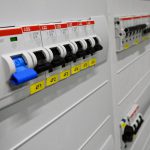
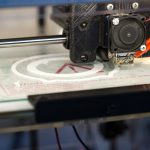
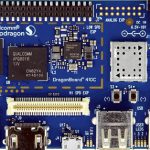
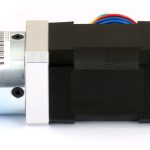
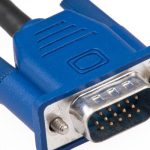
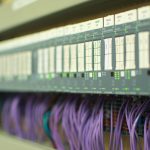
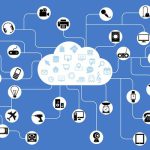
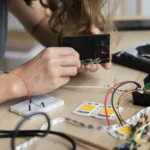

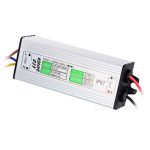
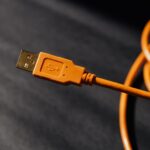





1 Comment